Space
Sign up for our newsletter
We summarize the week's scientific breakthroughs every Thursday.
-
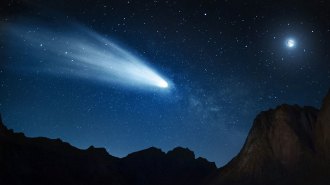 Astronomy
AstronomyIn a first, astronomers spotted a space rock turning into a comet
Scientists have caught a space rock in the act of shifting from a Kuiper Belt object to a comet. That process won’t be complete until 2063.
-
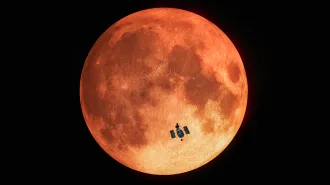 Astronomy
AstronomyHubble watched a lunar eclipse to see Earth from an alien’s perspective
Hubble observed sunlight filtering through Earth’s atmosphere during a lunar eclipse to see what a habitable exoplanet’s atmosphere might look like.
-
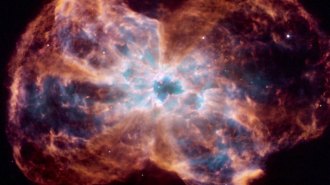 Space
SpaceParadoxically, white dwarf stars shrink as they gain mass
Observations of thousands of white dwarf stars have confirmed a decades-old theory about the relationship between their masses and sizes.
-
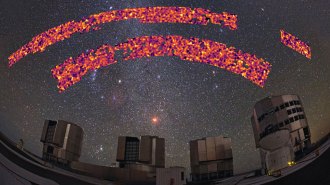 Cosmology
CosmologyScientists can’t agree on how clumpy the universe is
A measurement of 21 million galaxies finds a level of clumpiness that disagrees with estimates based on the oldest light in the universe.
-
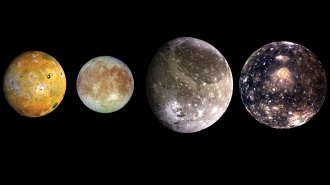 Planetary Science
Planetary ScienceJupiter’s moons could keep each other warm by raising tidal waves
Along with gravity from the enormous planet, tidal forces between Jupiter’s moons could generate a surprising amount of heat.
-
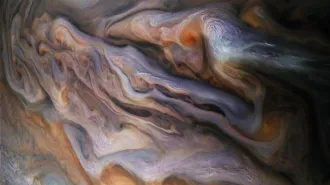 Space
Space‘Exotic’ lightning crackles across Jupiter’s cloud tops
Newly spotted lightning, which could form thanks to ammonia antifreeze, is weaker but more frequent than any flashes seen on Jupiter before.
-
 Astronomy
Astronomy50 years ago, Mauna Kea opened for astronomy. Controversy continues
Current plans to build a new telescope on the volcano sparked the latest conflict.
-
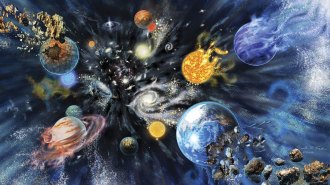 Cosmology
Cosmology‘The End of Everything’ explores the ways the universe could perish
As Katie Mack explains in The End of Everything, the universe’s demise could be disastrously violent or deadly calm.
-
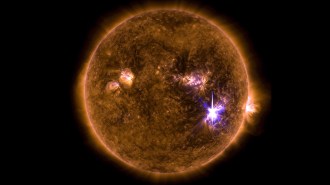 Physics
PhysicsThe physics of solar flares could help scientists predict imminent outbursts
Physicists aim to improve space weather predictions by studying the physical processes that spark a solar flare.
-
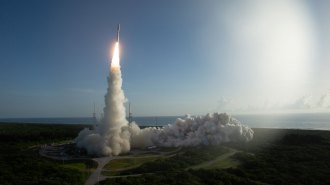 Planetary Science
Planetary ScienceThe Perseverance rover caps off a month of Mars launches
With the launch of NASA’s Perseverance rover, the rush to the Red Planet is under way.
-
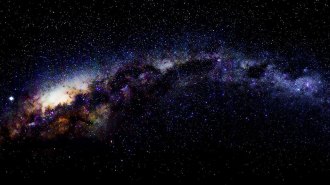 Space
SpaceAn Antarctic ice dome may offer the world’s clearest views of the night sky
The highest point in East Antarctica could be an ideal place for an optical telescope, a new study finds.
-
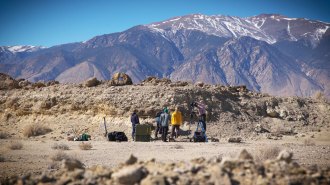 Space
SpaceTo rehearse Perseverance’s mission, scientists pretended to be a Mars rover
Seven Mars scientists pretended to be the Mars Perseverance rover on a training exercise in the Nevada desert.